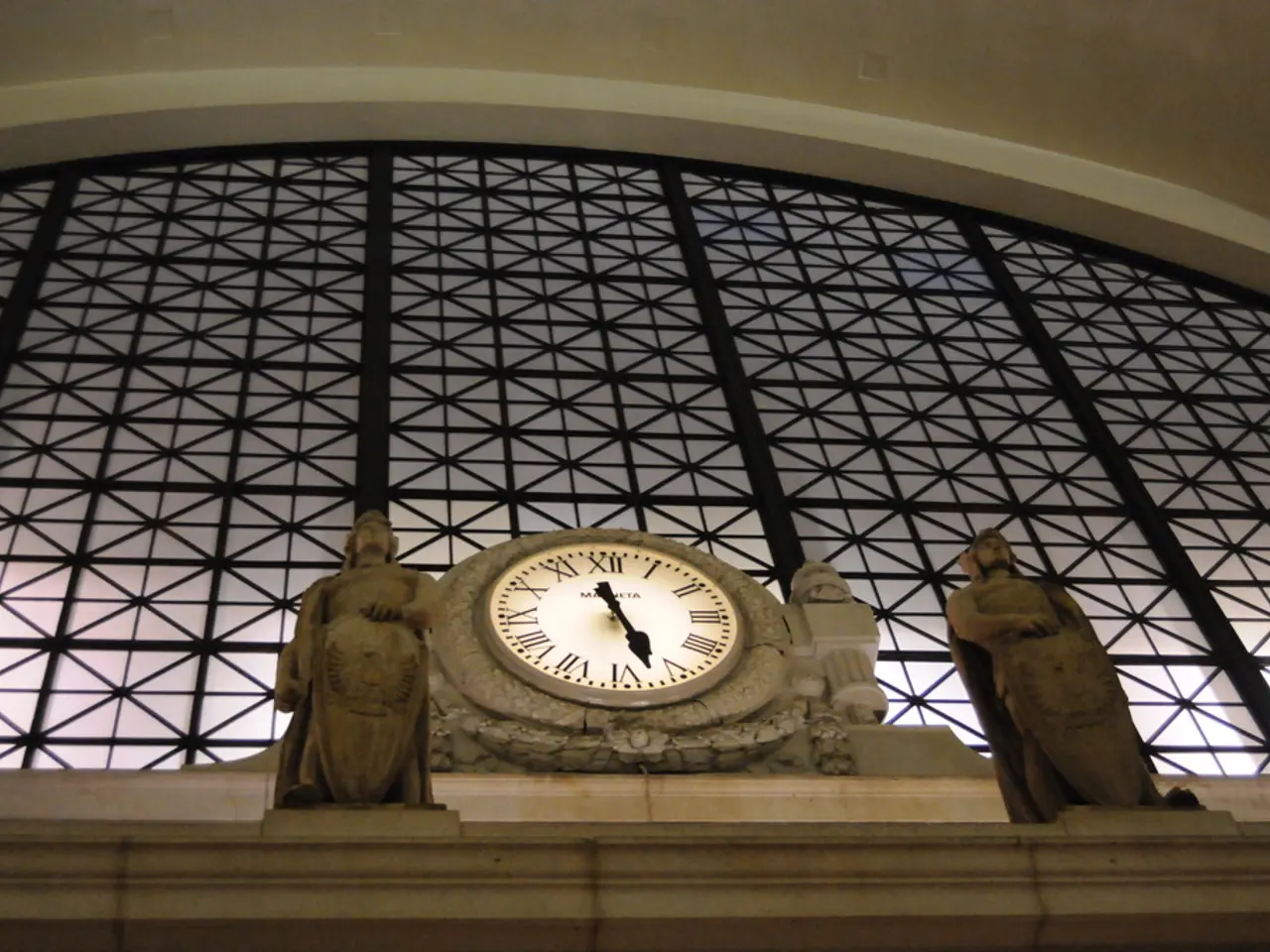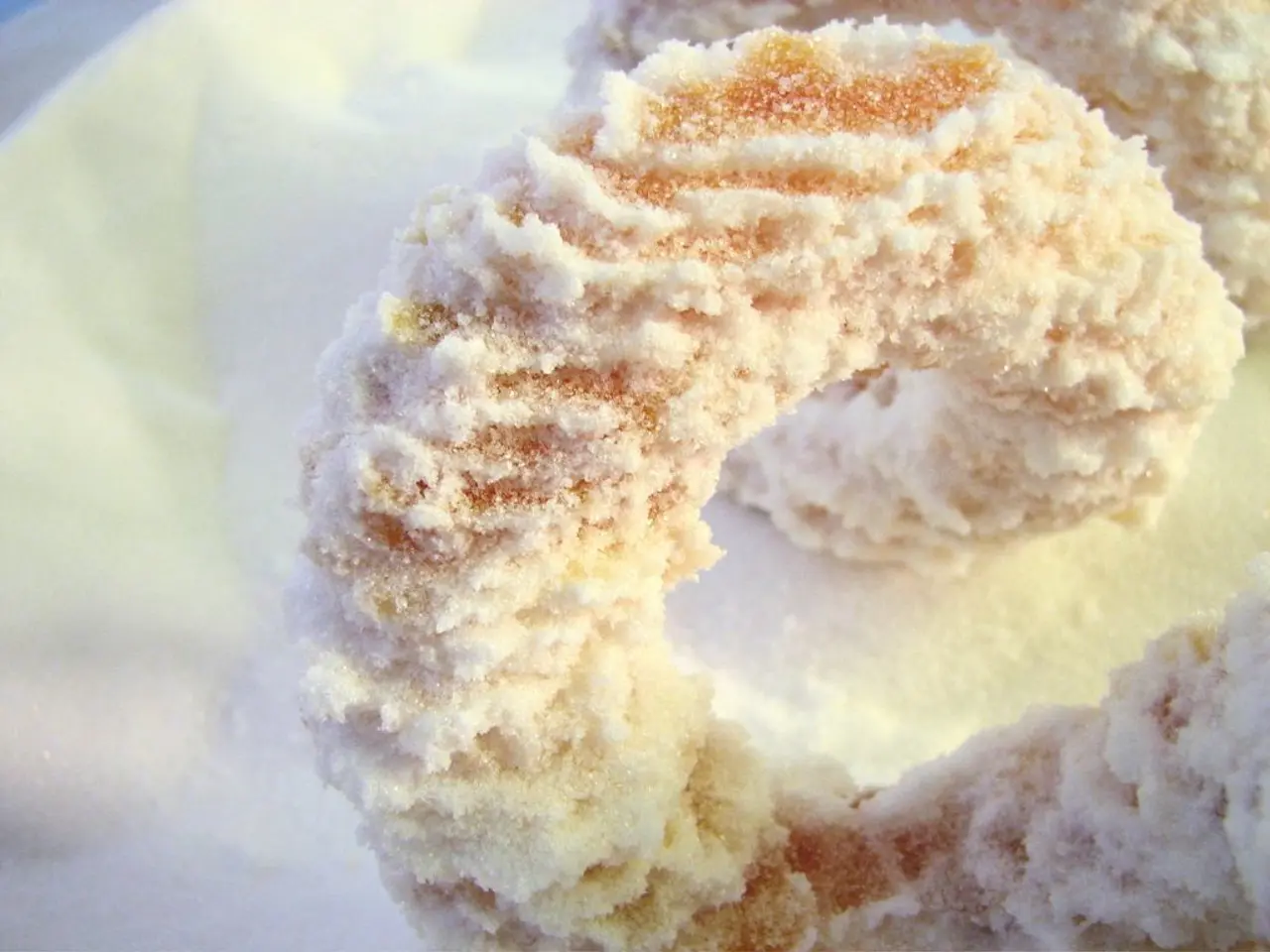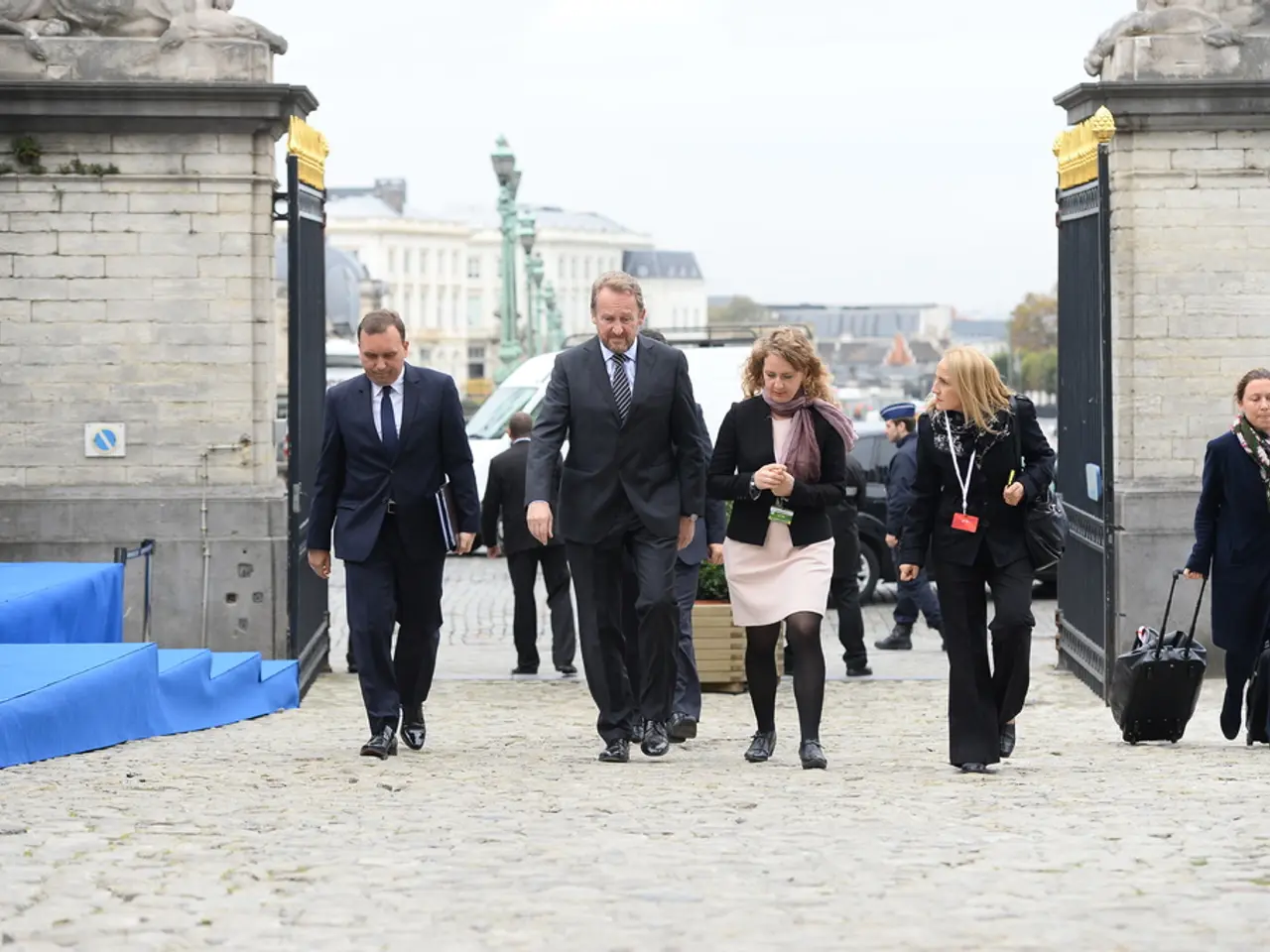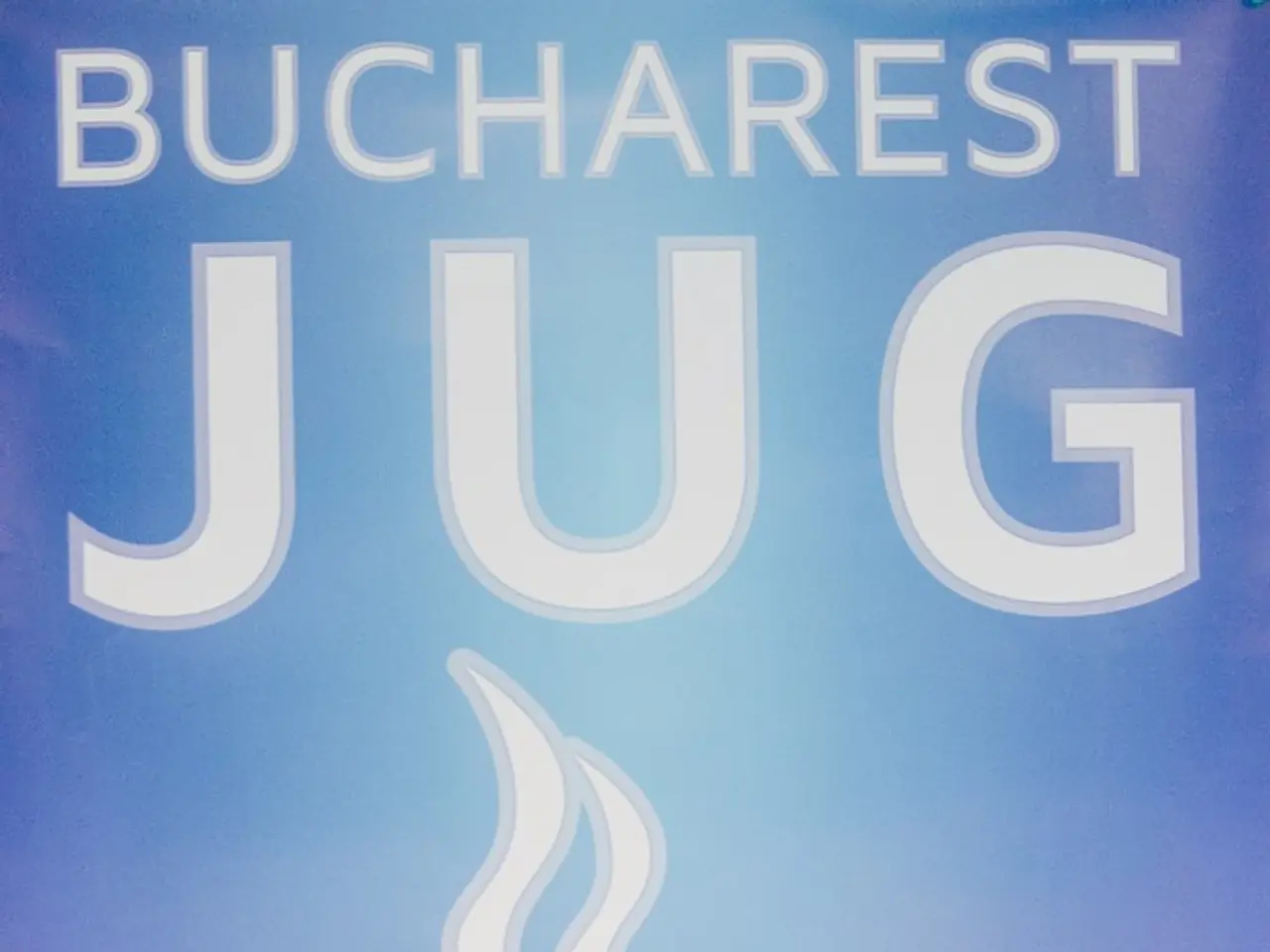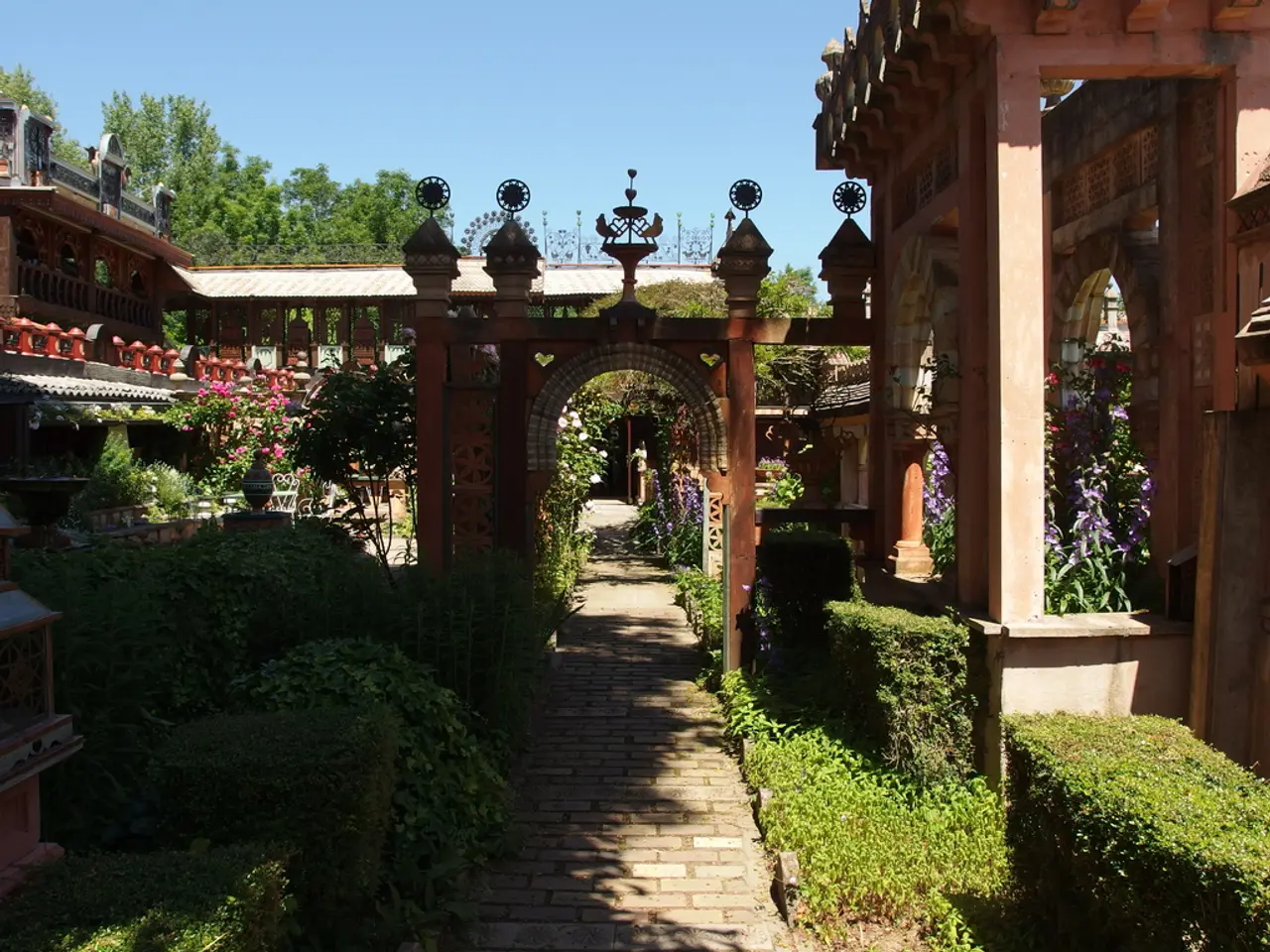Approach to Refurbishing Antique Timepieces
In the world of antique clock restoration, a delicate balance is often sought between preserving the original character of a timepiece and ensuring its functionality. This approach, known as minimal invasive intervention, is gaining popularity in both conservation and hobbyist circles due to its emphasis on reducing the risk of over-restoration and preserving historical value.
This method involves a series of techniques designed to repair and maintain mechanical clocks with the least intervention possible. The restorer's goal is to address wear or malfunction while maintaining the integrity and originality of the timepiece.
## Options for Minimal Invasive Clock Restoration
The options for minimal invasive clock restoration include limited disassembly, repair instead of replacement, minimal tools and techniques, cleaning and lubrication, and bushing holes without oversizing. These methods prioritize preserving the originality of the clock while still addressing any issues it may have.
## Techniques and Examples
Restorers often employ techniques such as servicing mainsprings without special tools, spot repairs, and case preservation. For instance, a miniature Vienna Regulator was cleaned, oiled, and polished, serving as the only intervention required. In schoolhouse clock restorations, only visibly worn or malfunctioning components are addressed, with the case preserved rather than stripped and refinished.
## Limitations and Considerations
While minimal invasive restoration preserves originality, there are situations where replacement becomes necessary. However, with careful judgment, even major repairs can be executed with minimal intervention if the original materials can be salvaged or repaired.
## Example: Schoolhouse Clock Restoration
A notable example of minimal invasive restoration involves schoolhouse wall clocks, which often suffer from years of use and neglect. In one case, the restoration focused on the mainspring and the most visibly worn bushing holes. The movement was not fully disassembled; instead, only the necessary components were accessed, cleaned, and repaired. The case, though in poor condition, was treated with targeted repairs rather than a complete strip and refinish, preserving its historical charm.
In the case of a 30-hour non-running Chauncey Jerome ogee clock, the restorer opted for a minimal invasive approach. The clock, with a case from the 1840s and a movement believed to be from the same period, was dirty but largely original. The restorer serviced the movement, addressed wear issues, refreshed the case if it was grimy and required a good cleaning, and used original materials and techniques when working on the case. As a result, the clock now functions properly and presents well, but the change is not dramatic.
In conclusion, a minimal invasive approach to clock restoration emphasizes targeted, careful intervention, using simple tools and techniques whenever possible, to preserve the integrity, function, and historical value of antique clocks. This approach is not only valued by conservationists but also by collectors who appreciate the originality and character of each piece.
- The minimal invasive approach to clock restoration is gaining popularity in the world of antique clock repair, as it prioritizes preserving the originality of clocks while addressing any issues they may have.
- In the field of clock restoration, techniques such as servicing mainsprings without special tools, spot repairs, and case preservation are often employed to ensure the least intervention possible.
- For clock collectors and hobbyists, the minimal invasive restoration approach is appreciated for preserving the originality and character of each piece, making it a appealing lifestyle choice that aligns with the fashion-and-beauty and home-and-garden values.
